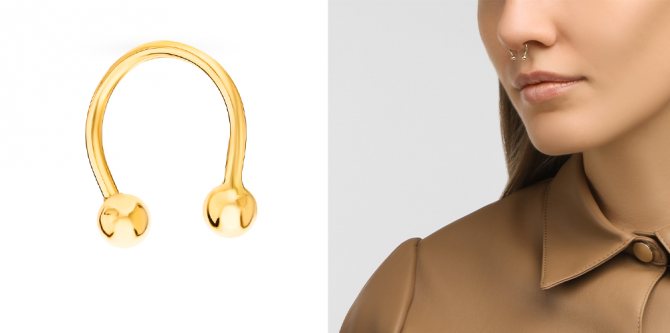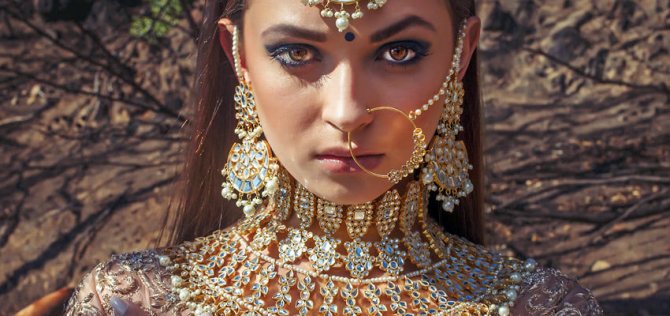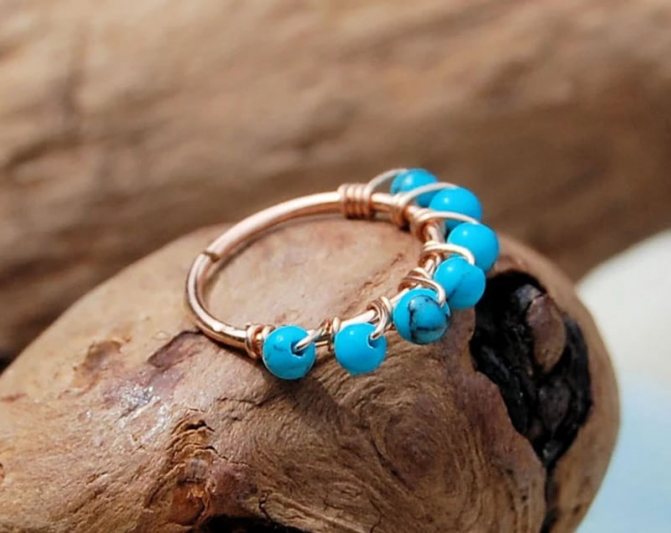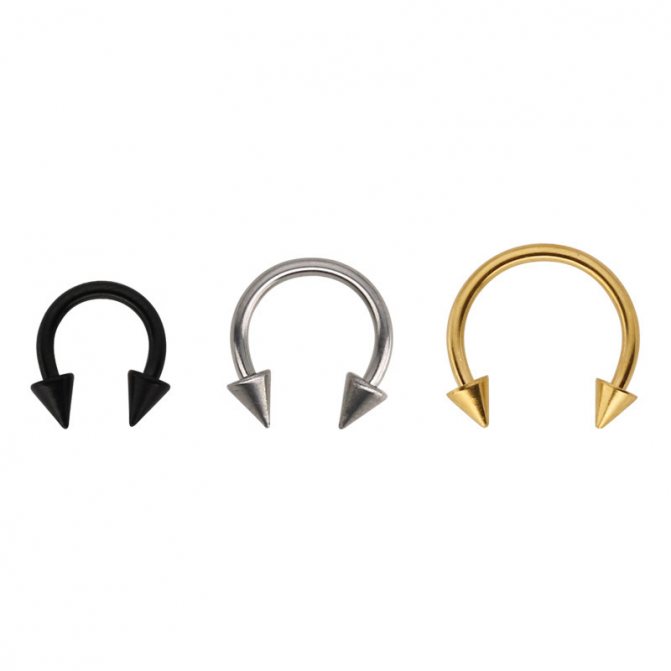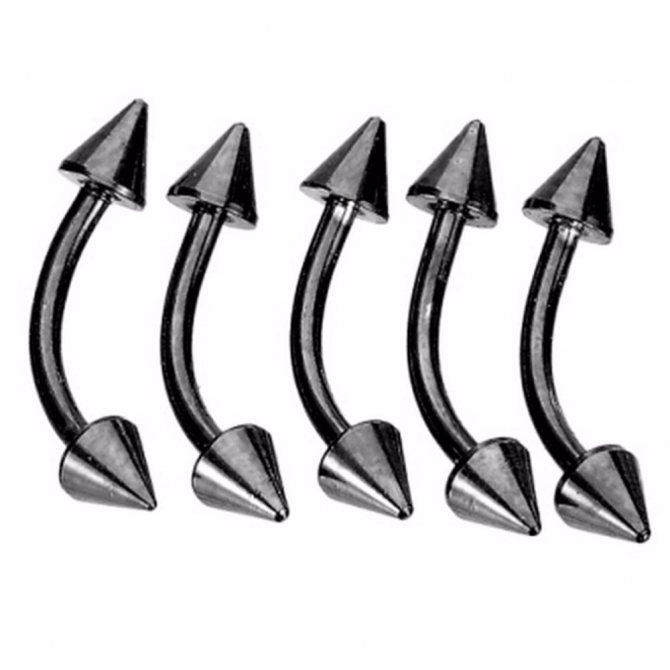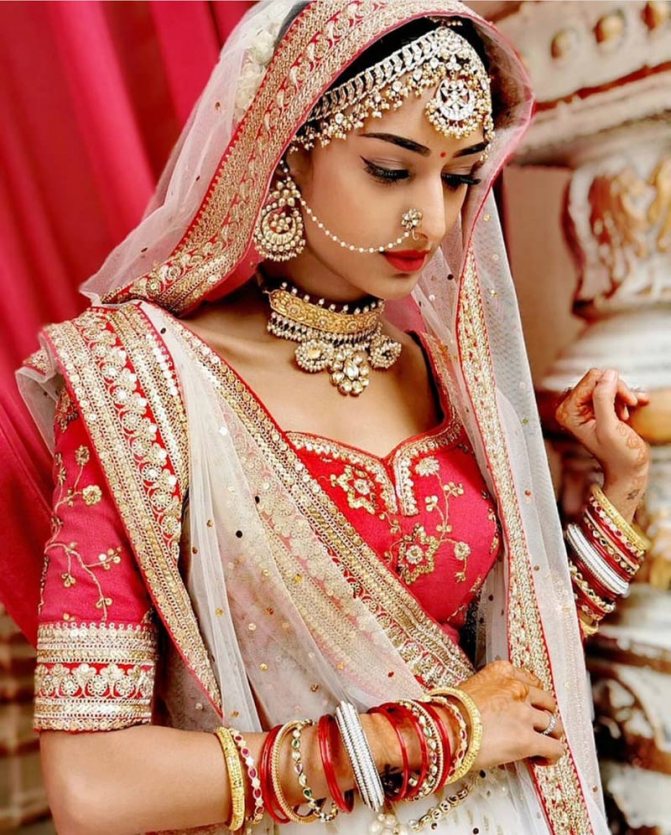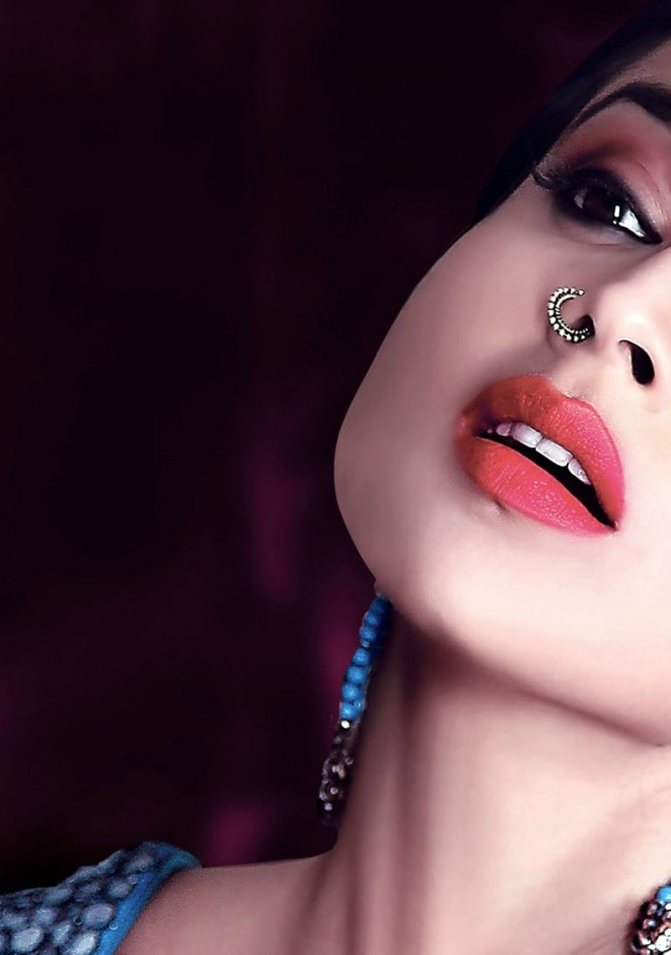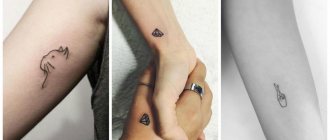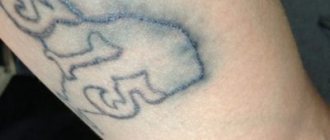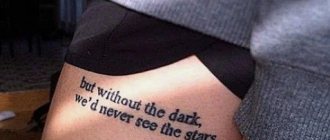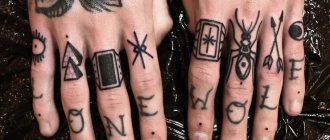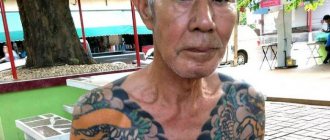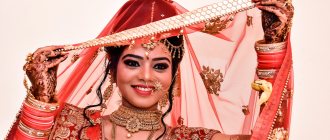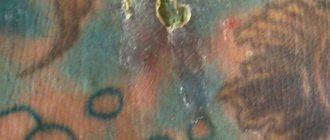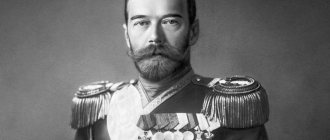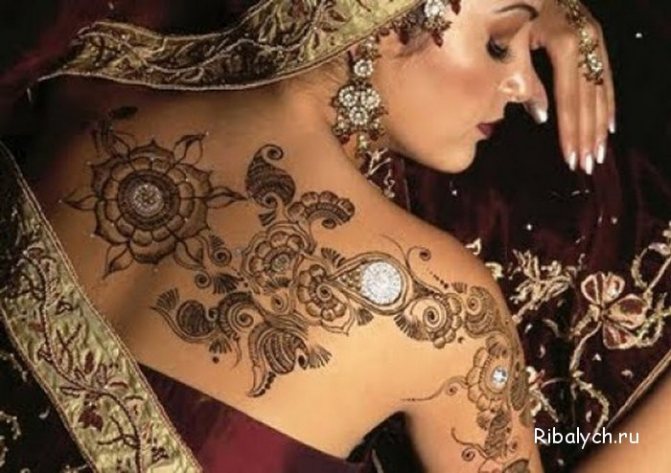
Recently, with the development of informal subcultures, many young people with distinctive signs of their own - tattoos and piercings appeared on the streets. It may seem that the fashion for such decoration of the body appeared not so long ago. But in fact, even our ancient ancestors put drawings on the body or make piercings. Tattoo and piercing - what is it: a trend or tribute to tradition?
Tattooing and piercing - modernity
At the present stage, the idea of such decoration continues to evolve in the minds and on the bodies of young people and people of more mature age. Those who have drawings on their bodies say that leaving the salon, already know exactly what tattoo they will do next time.
The most important thing after deciding on a tattoo or piercing on your body is to choose a professional master, through which the procedure will leave not only a pleasant impression, but also will serve as a joyful beginning of a new stage of life.
Tattoo - my own experience
Inna, 24 years old, Ulyanovsk.
"I got my first tattoo when I was 15 years old - to spite my parents. For 9 years I never regretted the butterfly on my scapula, last year I corrected it a little, and decided for one more tattoo - on my wrist a phrase in Latin. I like to be noticed, I like to be different from other people - my tattoos help me with that".
Katrin, 19, Moscow.
"I'm 19 years old and I already have 4 tattoos on my body, and that's not the limit. I have hieroglyphics on the back of my neck that mean "love" and "music," butterfly wings on both wrists, and the sun near my belly button. There are tunnels in my ears, a pierced nose, and one nipple. I dream of many more tattoos. Why am I doing this? It's my ideology. The world is too gray and I paint it myself on my body.
Ivan, 21, Perm.
"I have only one tattoo - I foolishly did it when I was 17, when I was in love with a girl. The love passed, but the tattoo remained.
Breeze Tattoo Shop 8 (351) 7-77-23-64, 8 (351) 7-77-23-94, 8 951-807-9288
Tattooing - the origin and development
Applying tattoos to the body, as an art, originated as early as 6,000 years ago. At that time Tattoo was not so much decoration as a sign of belonging to a certain race or tribe. Almost all nationalities made marks on their bodies with paint. When excavating the remains of Egyptians, Indians, inhabitants of the tribes of Europe and Asia, archaeologists found on their bodies drawings depicting battles and battles, animals, intricate ornaments. For example, the tribes living in North America, it was believed that the more different images on the body of a warrior, the bolder and braver he was. It was not only about the personal achievements of a particular fighter, but also about the fact that tattoos were applied under the skin in a rather painful way: with thorns, sharp pieces of animal and fish teeth. Therefore, a person who went through this procedure was already considered brave and courageous.
Tattoos on the body of a person told those around him of his special position. In some countries it meant wealth and influence of the person. In others - a hint of his magical powers. In some countries, such as Rome, for example, this way branded slaves and criminals.
A special culture of tattoos was developed among the Japanese. They were based on ancient legends and fairy tales. Japanese geishas painted their bodies with tattoo drawings in the form of clothes, leaving their feet, palms and face blank. Samurai also chose for themselves the image denoting strength, courage, wisdom, courage: dragon, carp and warrior. It is worth adding that the first three-dimensional tattoo appeared in Japan.
Sacred meaning: what do esoterics say?
Let's touch a little on the intangible matters. According to ancient Chinese and ancient Indian treatises, the navel is the center of many energy channels. One of the most important chakras, the umbilical chakra, is located there, which is responsible both for a person's internal energy and his connection with the cosmos. Any violation of the integrity of this area is fraught with rupture of invisible inner channels.
This, perhaps, explains the secret essence of navel piercings in oriental women. The connection with the cosmos is cut off, and the woman concentrates on earthly matters: food, entertainment. Allegedly, it becomes incapable of intellectual development and spiritual growth.
In the light of contemporary realities, these conclusions seem as dubious as the fantastic stories of Doug Malloy and his cohort of associates. However, one should not reject categorically what cannot be calculated or verified: ancient practices sometimes work where modern medicine and psychology are powerless.


